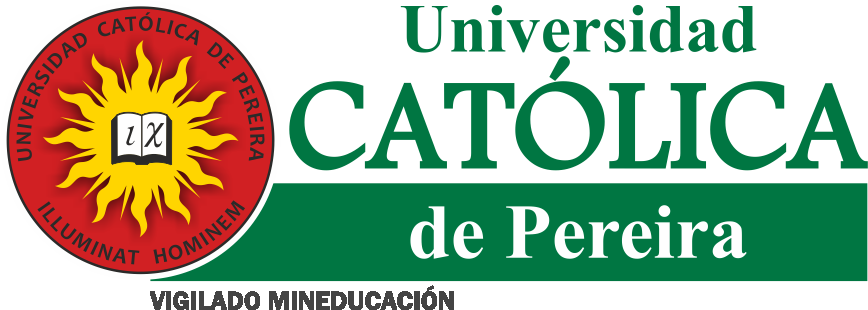Publicación: Analytical and quantitative determination of antioxidants in tomato chonto typical vegetable from Quindío
| dc.creator | García Giraldo, Irma María | |
| dc.creator | Reyes Pineda, Henry | |
| dc.date | 2019-07-27 | |
| dc.date.accessioned | 2022-06-01T19:08:40Z | |
| dc.date.available | 2022-06-01T19:08:40Z | |
| dc.description | This article describes the process in which tomato chontowas gathered in the postharvest stage in Filandia Quindío town,and physicochemical characterization was carried out: potential ofhydrogen (pH), soluble solids (° Brix), water activity (aw), color, acidity.UV-Visible spectrophotometry technique to quantify vitamin C wasused. It was compared with electrochemical methods. According topreliminary information the conclusions were: a) the aw is very close tothe theoretical value; therefore, is possible to establish that this tomatohas a juicy texture, tender and chewy b) °Brix obtained indicate thatchonto tomato has a high nutritive value c) Potential hydrogen indicatesthe high acidity of the tomato subsequently demonstrated with thetitratable acidity values. d) Color results also showed a nutrient richand healthy tomato e) spectrophotometric analysis allowed to know theconcentrations of vitamin C in tomatoes. | en-US |
| dc.description | En el presente artículo se describe el proceso en el cual se realizó la recolección del tomate chonto en la etapa de pos-cosecha en el municipio de Filandia, Quindío, efectuándose la caracterización físico-química: Potencial de hidrógeno (pH), sólidos solubles (°Brix), actividad de agua (aw), color, acidez. Para ello, se utilizó la técnica de Espectrofotometría, UV-Visible para cuantificar la vitamina C, posteriormente se comparó con métodos electroquímicos. Con los datos preliminares obtenidos se pudo concluir que: a) la aw está muy cercana al valor teórico permitiendo establecer que este tomate tiene una textura más jugosa, tierna y masticable b) los °brix obtenidos nos indican que el tomate chonto tiene un alto valor nutritivo c) el potencial de hidrógeno nos indica la gran acidez del tomate demostrada posteriormente con los valores de la acidez titulable d) los resultados del color también reflejaron un tomate saludable rico en nutrientes e) el análisis espectrofotométrico nos permitió saber las concentraciones de vitamina C en el tomate. | es-ES |
| dc.format | application/pdf | |
| dc.identifier | https://revistas.ucp.edu.co/index.php/entrecienciaeingenieria/article/view/641 | |
| dc.identifier.uri | http://hdl.handle.net/10785/9840 | |
| dc.language | spa | |
| dc.publisher | Universidad Católica de Pereira | es-ES |
| dc.relation | https://revistas.ucp.edu.co/index.php/entrecienciaeingenieria/article/view/641/646 | |
| dc.rights | Derechos de autor 2019 Entre Ciencia e Ingeniería | es-ES |
| dc.rights | https://creativecommons.org/licenses/by-nc/4.0/deed.es_ES | es-ES |
| dc.source | Entre ciencia e ingeniería; Vol 8 No 15 (2014); 71-75 | en-US |
| dc.source | Entre Ciencia e Ingeniería; Vol. 8 Núm. 15 (2014); 71-75 | es-ES |
| dc.source | Entre ciencia e ingeniería; v. 8 n. 15 (2014); 71-75 | pt-BR |
| dc.source | 2539-4169 | |
| dc.source | 1909-8367 | |
| dc.title | Analytical and quantitative determination of antioxidants in tomato chonto typical vegetable from Quindío | en-US |
| dc.title | Determinación analítica y cuantitativa de antioxidantes presentes en el tomate chonto verdura típica del Quindío | es-ES |
| dc.type | info:eu-repo/semantics/article | |
| dc.type | info:eu-repo/semantics/publishedVersion | |
| dc.type | Artículo revisado por pares | es-ES |
| dspace.entity.type | Publication |
